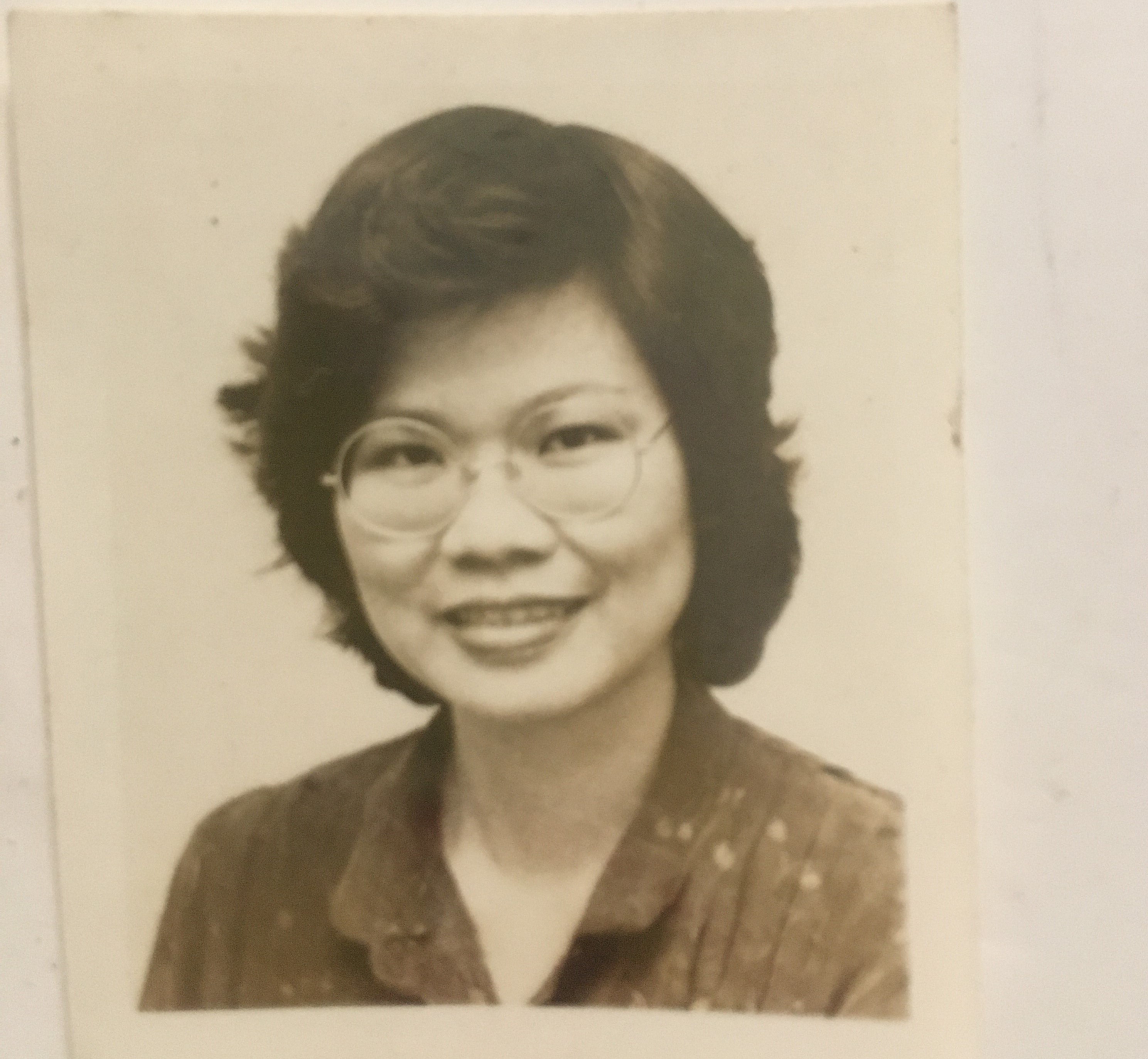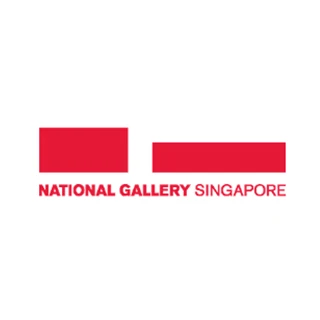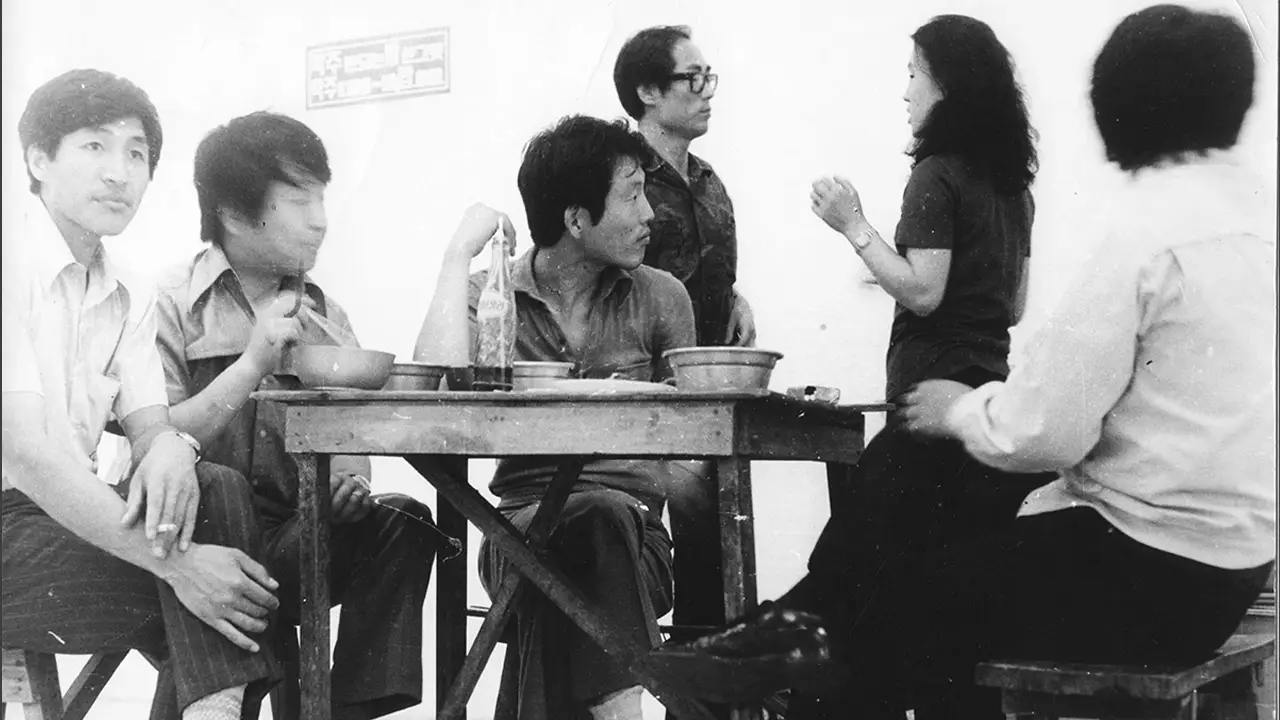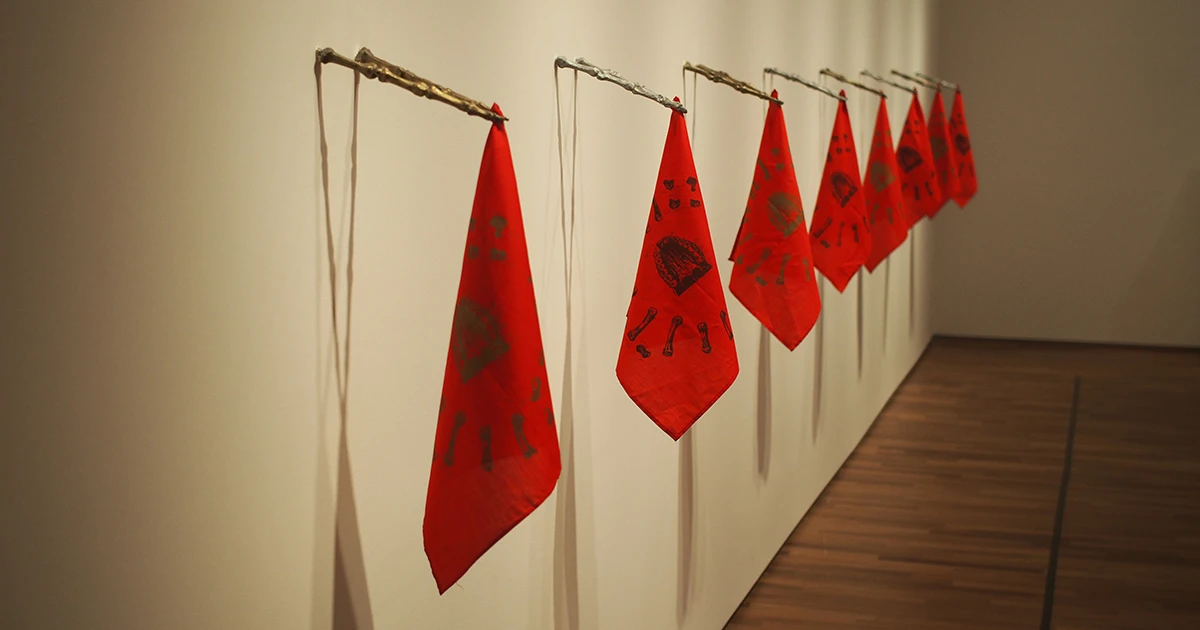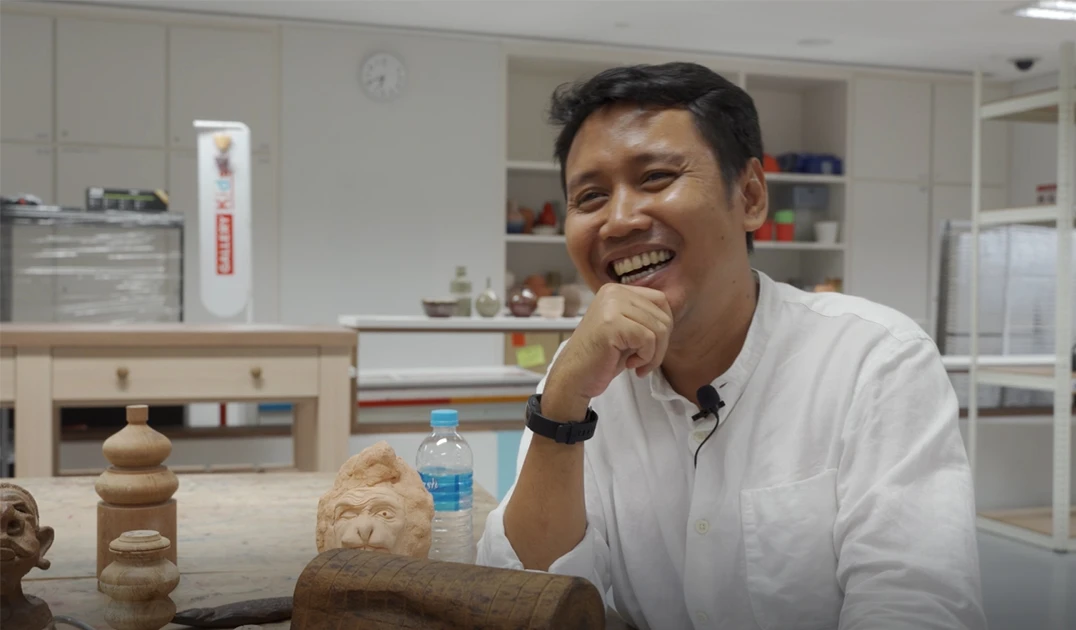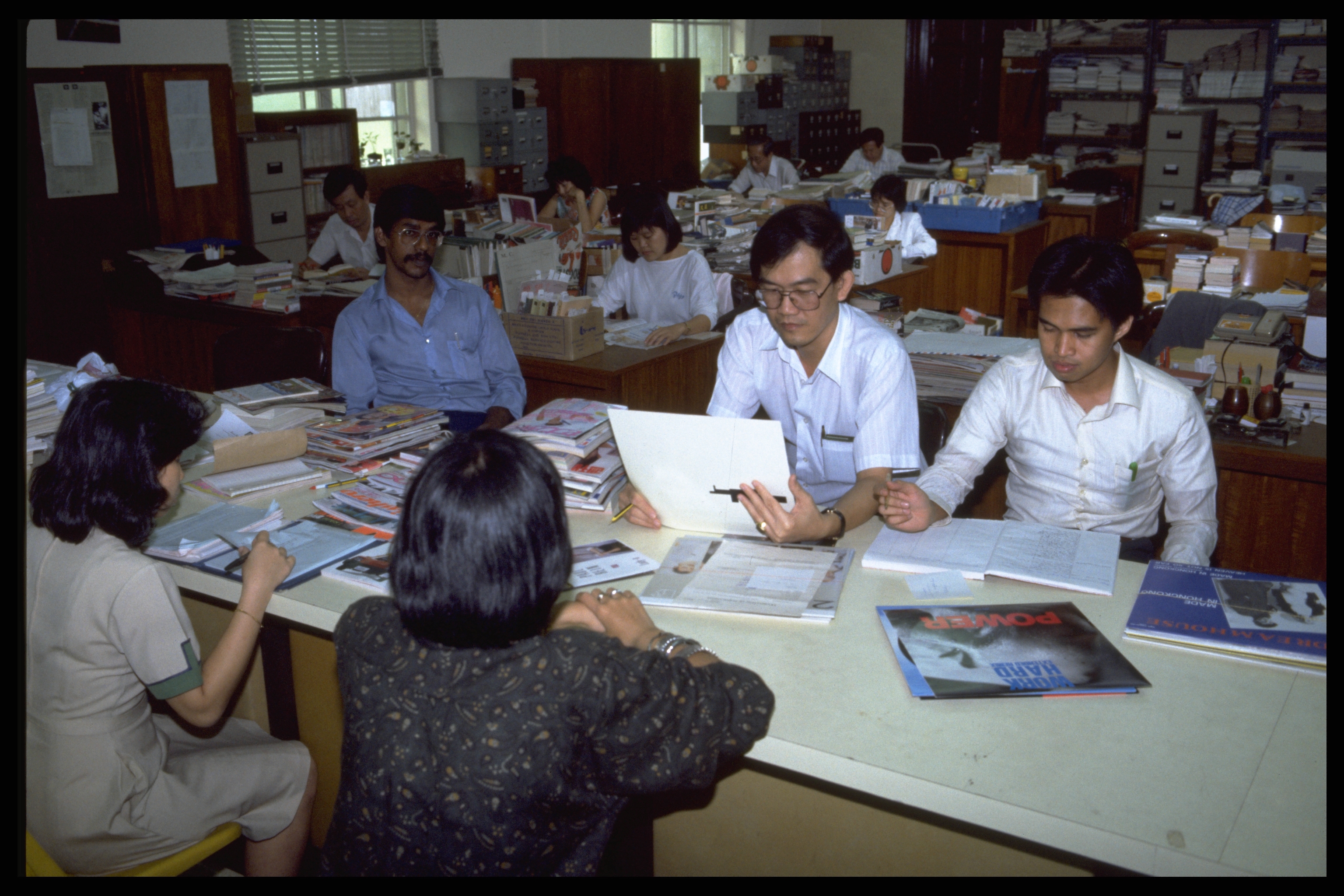
1980s
When Ms Ho Ai Phang was looking for her first job fresh out of university in 1978, she applied for the post of sub-editor at the Radio Television Singapore (RTS). RTS was then a department under the Ministry of Culture.
“They had lumped this APLO – Assistant Press Liaison Officer – job together with the rest. Nobody knew what it was. I wasn’t interested but everybody said: “Oh, you should just put it in as one of your options.”
A different type of office
As fate would have it, the Political Science graduate landed the APLO position and found herself assigned to the Press Section at the ministry. It marked the start of her lifelong career in media and public relations (PR).
The Press Section stood apart from the other departments in the Ministry in more ways than one.
“The office was located on the ground floor, opposite the then High Court. I used to call it the basement because we seemed quite isolated from the rest of my colleagues located on the third floor.
We were in charge of the dissemination of government press statements. In those days, we did everything by hand, there was no technology. Our typists would type them onto stencils to make duplicates, and we would then cyclostyle and collate them. They were slotted into these ‘pigeon’ boxes in our office which opened on the other side, on the roadside. The despatch boys from the media organisations would come and collect. That’s why we had to be on the ground floor.”
And due to the nature of its work, Press Section staff also had to work in shifts.
“Unlike the rest of Civil Service, our office ran 365 days a year, from 8.30am to 8pm. On weekdays, you worked one of the two shifts and on weekends, we worked half-day shifts. We would get either our Saturdays or Sundays burnt. My friends had never heard of such an arrangement. So, it was a very different type of office.”
In the thick of things
Despite the backroom nature of their work, Press Section had front row seats to many historic events.
“The exhilarating – and prestigious – part was that we got to go to the Istana often. Accompanying the media corps to record these events meant I got to witness first-hand, history in the making. In fact, soon after joining Press Section, Singapore hosted the historic visit by Deng Xiaoping in November 1978. Subsequent years saw visits by royalty, Presidents and Prime Ministers such as Margaret Thatcher and Nakasone Yasuhiro.”
One particularly memorable event for Ai Phang was the 15th Asean Ministerial Meeting held in Singapore in 1982. She was tasked to helm its Media Office which played host to foreign correspondents from participating countries, as well as representatives of international news agencies. The Media Office itself came into the spotlight when the Financial Times (FT) UK devoted an entire article that captured the pulse and running of the Media Office.
The Press Section regularly received newly arrived correspondents, and visiting journalists to discuss and to facilitate reportage and interviews with. government leaders for supplements on Singapore, such as those published by Time, National Geographic, FT, among others.
The tiny Press Office which was located with the Press Section to the Prime Minister would turn into a mini media hub whenever journalists congregate for meetings, to pick up freshly churned out press releases and speeches, or for a chat when covering sittings in Parliament or Supreme Court.
It was during such occasions that the usually low-profile Press Section would burst into a busy hive of activity.
Pioneering Public Communications Programmes
Press Section’s role expanded into public affairs when in 1984, Minister S Dhanabalan gathered the permanent secretaries and heads of PR to set the policy direction for a concerted approach to government public communications. Ai Phang drew up a series of media familiarisation and dialogues for civil servants, as well as specially curated training workshops for PR officers.
After Press Section moved out of City Hall, she went on to help the various ministries strengthen their public communications offices.
Reflecting on her bit role in growing public communications in Singapore, she says: “Being in media liaison allowed me to participate and observe current affairs in real time, and that help give clarity to polices and issues. It was a serendipitous confluence of my core interests and learning experiences for a position I had earlier demurred. All in, it has been professionally fulfilling.”
